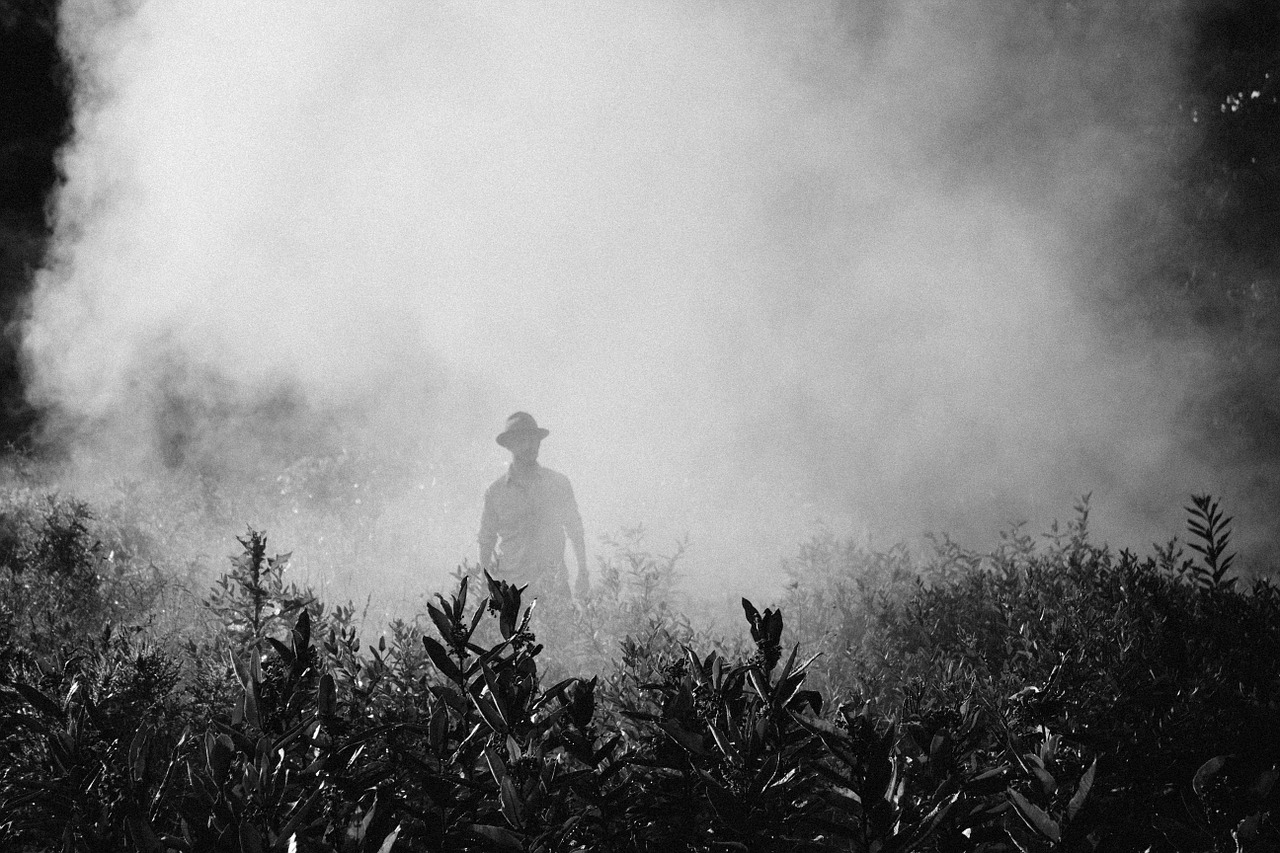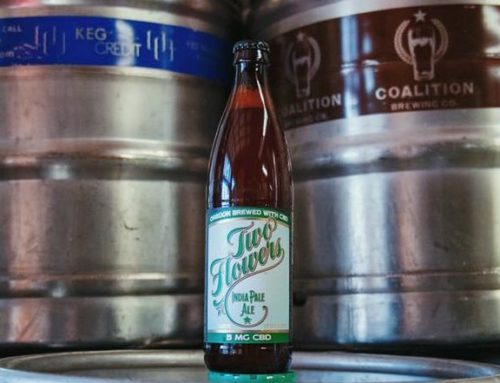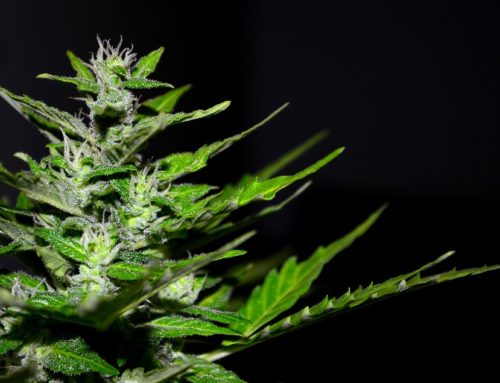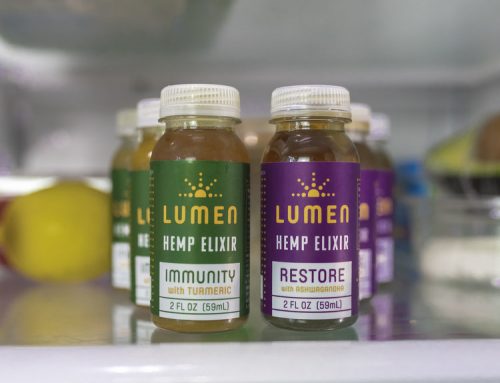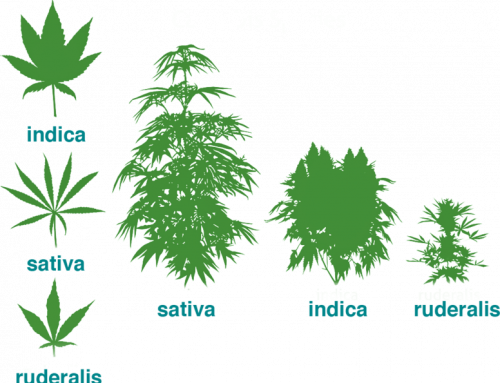Just being able to buy legal cannabis is pretty thrilling for most people, and rightfully so! However, in the excitement over legal weed, few are asking themselves questions about what’s on their weed. It seems the most common questions seem limited to potency, price, or how amazing it is to be able to get it brewed into a “beer”. Nevertheless, following trends in the food industry, more people are starting to ask about the safety of their cannabis. Pesticides and molds are the biggest concerns. Nearly every legal state has had a pesticide scare, and the problem persists.
But that doesn’t mean you should panic and stop enjoying cannabis. Pesticide regulations for cannabis are an incredibly complex issue. This is thanks largely to the fact that the Environmental Protection Agency (EPA) won’t offer any guidance. Pot is still federally illegal, after all. Similarly, no one is quite sure what the effects of long-term exposure to pesticides might be.
So what do you need to know to make sure that the cannabis you’re consuming isn’t harming you? Here is a basic rundown of which pesticides on pot you should worry about, and how to avoid them.
Pesticides on Pot: What Are the Risks?
First off, there are plenty of pesticides that are perfectly safe for use on cannabis. Water can technically be a pesticide, even. So can rosemary oil. Most states maintain a list of pesticides allowed for use at any level. The ones you need to worry about are the ones not on those lists, by and large. And the number of dangerous pesticides frequently used on pot is thankfully pretty small. That said, their use was pervasive in the black market, and many growers continue to cling to them.
Perhaps the scariest one is the fungicide myclobutanil, which breaks down into hydrogen cyanide when heated. Its commercial name is Eagle-20. Eagle 20 provides a great example of why pesticides are so difficult to regulate in cannabis. Myclobutanil is safe for use on food, but very dangerous in the context of cannabis. Plenty of other pesticides that are commercially available for food or even ornamental plants are complete X factors on pot. For more information on some of the other dangerous pesticides endemic to the cannabis industry, we recommend this list by Washington State cannabis lab Confidence Analytics. While not all the risks are as clear cut as Eagle 20, there’s enough there to make you think twice about what you’re smoking.
In Search of Clean Weed
So if pesticides are such a problem, how do you ensure you’re not smoking, vaping, or otherwise ingesting them? Despite what every grower ever might claim, there’s no such thing as organic weed. The United States Department of Agriculture (USDA) oversees the organic label and, like the EPA, they won’t touch weed. In lieu of that, there are some alternative certifications. Clean Green Certified is one of the most popular ones. It’s run by a former USDA organics inspector, but it isn’t ironclad. They don’t have an actual cannabis license, so they perform one soil test per year, rather than random tests of the actual finished flower product.
The best way, currently, is to research your producers. Growers and processors who subscribe to the ideas behind the craft movement are predisposed to avoid pot with dangerous pesticides on it. That’s no guarantee if you live in a state without mandatory pesticide testing, of course, but it’s a start. Taking the time to read about your favorite grower, or even to request a farm visit, will show you what their ethos is. Beyond that, it never hurts to ask your budtender. Budtenders make their living by knowing as much about cannabis as humanly possible. Find a good one and put their knowledge to work.
On the flip side, you can also usually look up bad actors, as rule violations are usually public record. If you can’t get testing information that satisfies your concerns, and you just can’t take anyone’s word for it, grow your own. Plenty of states allow homegrows, especially if you’re a medical patient. As the saying goes, “if you want something done right, do it yourself.”
A Solution in Sight
The good news is that most states are requiring pesticide testing for all medical and retail cannabis products nowadays. Colorado instituted mandatory pesticide testing for all products this year in August, after years of recalls and scandals. In the heyday of California’s medical market, the state wasn’t really scrutinizing what people were spraying in the famous Humboldt County growing region, but now all legal cannabis products will be required to pass pesticide screenings. Oregon has required pesticide testing from the start, and rumors abound that Washington is joining its fellow free-thinking states in requiring pesticide tests.
While researching your producers is still worth your time, especially if you care about craft quality cannabis, the pesticide question may soon be moot. Hopefully, even if you buy the most mass-produced, bottom-shelf pot available, it will likely have to meet basic consumer safety standards. Just another wonderful side effect of legalization!

